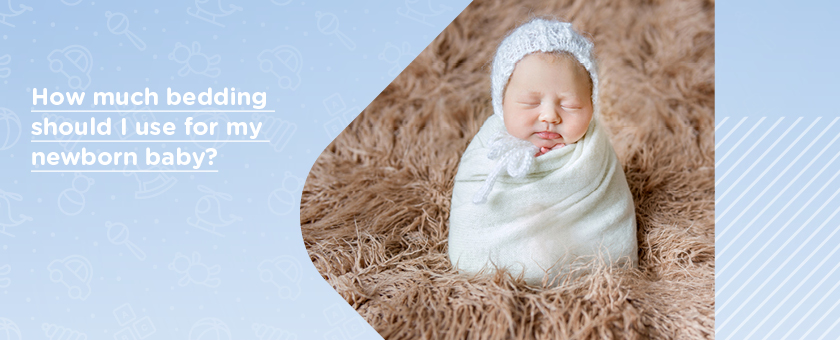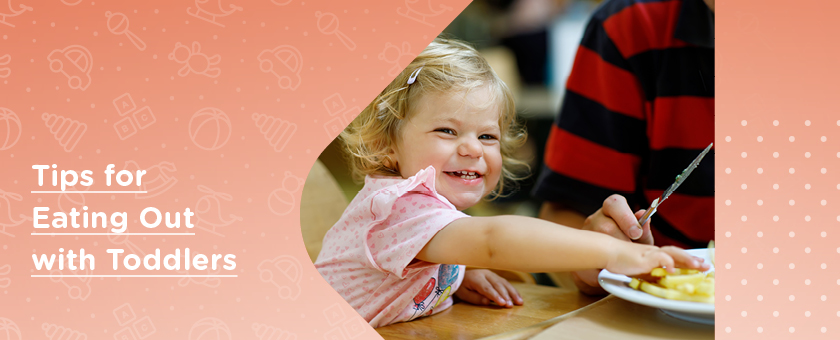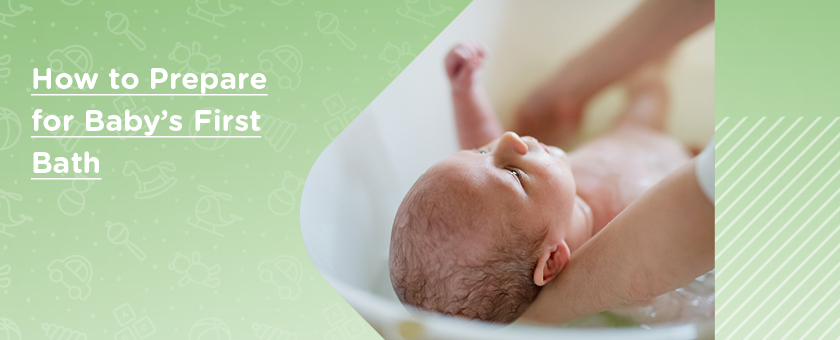Whether it’s a competition between you both on how much sleep you had or mathematical equations to get your baby to sleep through the night, sleep is topic never far from home. But one thing that needn’t require a 2-hour meeting is the amount of bedding your baby needs, and this simple guide should help.
Choosing the appropriate level of bedding for a newborn mainly depends on the temperature of their bedroom. You may want to use a room thermometer to get a clearer idea of your baby’s bedroom temperature, or you can judge the temperature yourself.
Guidelines:
- 24°C Room Temperature – 1 sheet
- 21°C Room Temperature – 1 sheet plus 1 layer of blanket
- 18°C Room Temperature – 1 sheet plus 2 layers of blanket
- 15°C Room Temperature – 1 sheet plus 3 layers of blanket
This guide assumes that your baby will be wearing a few layers of clothing/pyjamas, such as a vest and a baby grow. Also, folding the blanket in half counts as 2 layers.
But why is the level of bedding for your baby so important? Well, obviously comfort for your little one is vital, but safety is the main concern in ensuring you use the correct amount of bedding. This is due to cot death, also known as Sudden Infant Death Syndrome. Whilst the causes behind cot death aren’t fully understood, overheating is known to be one of the factors. Therefore, it is integral that you keep your baby cool at night, and whilst altering the temperature of a room may be hard, adjusting bedding layers is much easier.
Some parents would rather avoid blankets and sheets altogether, and instead opt for baby sleeping bags. Sleeping bags also limit the chances of your baby wriggling down underneath their sheet or blanket, as they zip securely around your child. Much like duvets, sleeping bags come with different togs, so must be changed for the different seasons. As a rule of thumb, 0.5 tog should be used in the summer and a 2.5 tog should be used in the winter.














